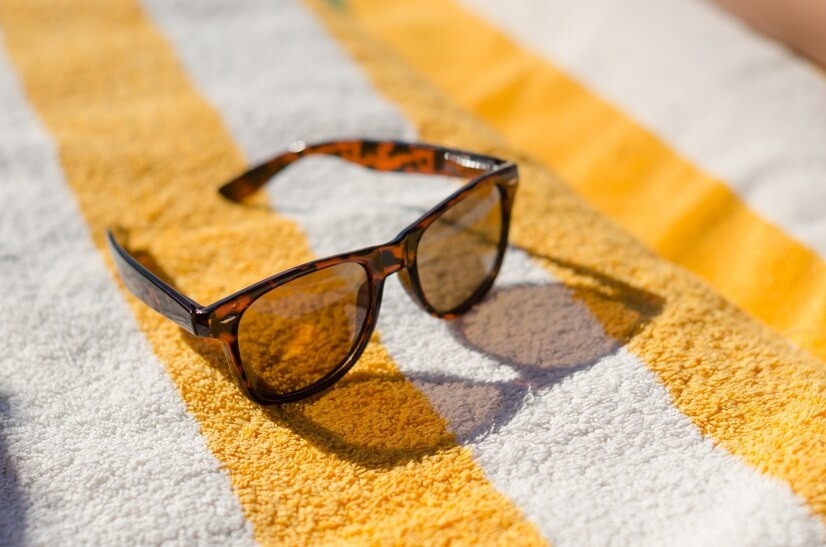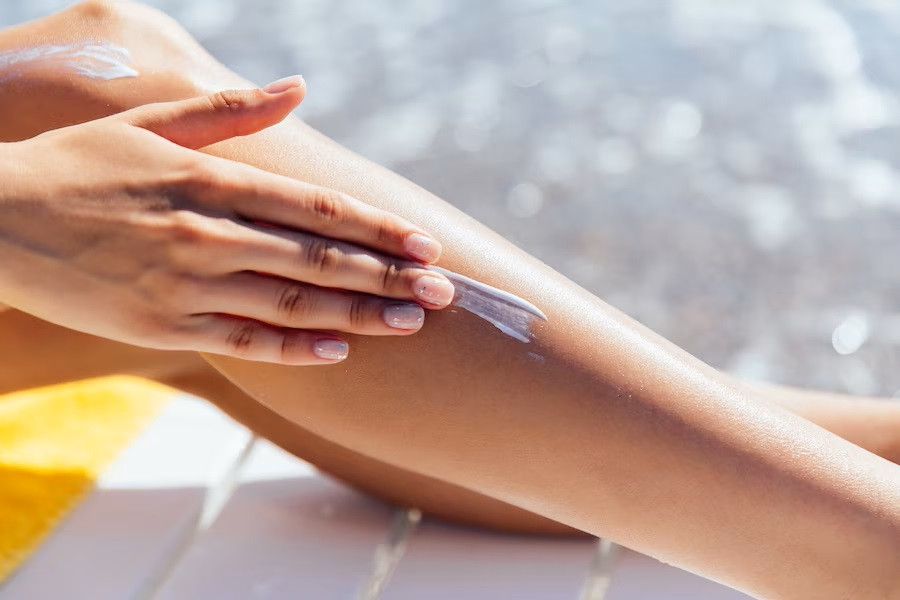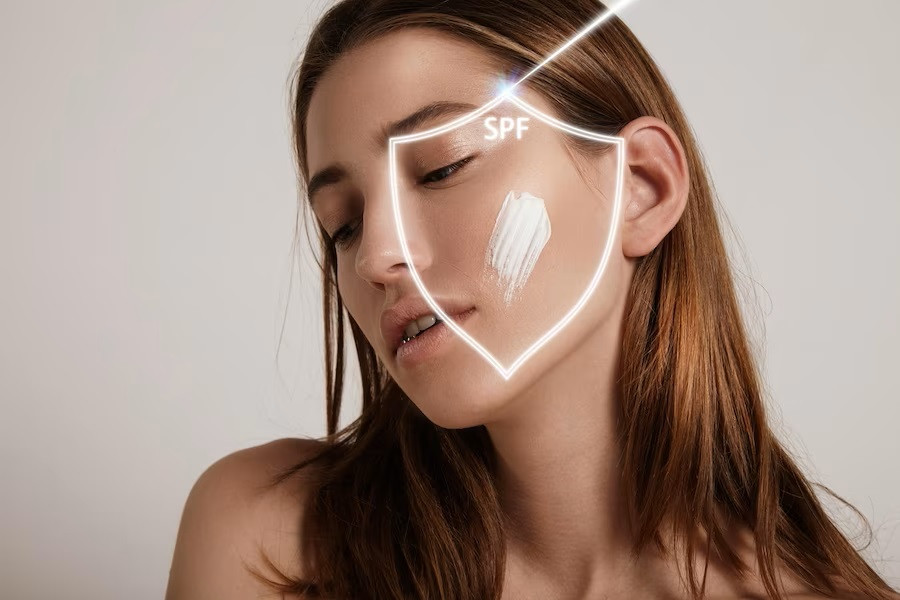Everyone needs to protect themselves from sun exposure. At the very least, every time you go outside, you should wear sunscreen, UV glasses, sleeves and other sun protection.
While sunlight helps the body produce vitamin D naturally, excessive UV radiation can lead to cancer and other health problems. The health concerns increase as the UV index rises.
What is the UV index?
The UV Index is a scale that measures the level of ultraviolet (UV) radiation exposure at a specific location and time. This measurement is intended to assist you in determining how long you should stay out in the sun and what protection is required.
In general, the UV index indicates how strong the sun's UV exposure is. The higher the UV index, the more intense the UV radiation, which correlates with the rate of sunburn.
Read more: Body Signs Are Too Long To Be Exposed To Sunlight
UV index scale
The UV index scale is divided into groups of colors and numbers, ranging from 0 (minimal risk) to 11+ (very high risk). The index only predicts the level of UV radiation and is categorized based on the safety of activities in the sun taking into account weather conditions, time of day, ozone in the region, etc.
Below is the UV index scale ie:
- UV Index 0-2 (Green)
UV exposure is low and poses minimal harm to the average population. You can be in the sun for up to an hour during the peak of the sun's UV rays, which is from 10 am to 4 pm.
- UV Index 3-5 (Yellow)
Moderate UV exposure means there is a low risk of harm from unprotected sun exposure. We recommend that you use a broad-spectrum sunscreen with an SPF of at least 30. Also wear long-sleeved clothes, a hat and sunglasses that can protect your eyes when doing outdoor activities.
- UV Index 6-7 (Orange)
There is a moderate risk of sun exposure if you do not have protection. Fair-skinned individuals can experience sunburn in less than 20 minutes. In this case, you still need to use a broad-spectrum sunscreen with an SPF of at least 30, a hat, long-sleeved clothes, and also a lip balm containing sunscreen when outdoors.
- UV Index 8-10 (Red)
UV exposure is very high, there is a high risk of sun exposure harm if the skin is not protected at all. Skin can burn in less than 10 minutes for individuals with fair skin tones. You need to use a broad-spectrum sunscreen with an SPF of at least 30, a hat, long-sleeved clothes, and also a lip balm that contains sunscreen. It is best to minimize sun exposure from 10 am to 4 pm.
- UV Index 11+ (Purple)
UV exposure is extreme, there is a very high risk of harm from sun exposure if your skin is not protected at all. Skin is at risk of burning in less than 5 minutes for individuals with fair skin tones. You need to apply a broad-spectrum sunscreen with at least SPF 30 every 2 hours. You also need to avoid activities in direct sunlight from 10 am to 4 pm.
Read more: Is It Necessary To Use Solar Tabir Every Day?
Sunscreen should also be chosen based on your skin type and activities. If you need medical advice or consultation, you can either visit a doctor or make use of the consultation features that are available in the Ai Care application.
Looking for more tips and tricks for health, first aid, and other home treatments? Click here!
- dr. Yuliana Inosensia
AIM at Melanoma Foundation. What is Ultraviolet Radiation?. Available from: https://www.aimatmelanoma.org/melanoma-101/prevention/what-is-ultraviolet-uv-radiation/
CDC (2022). UV Radiation. Available from: https://www.cdc.gov/nceh/features/uv-radiation-safety/index.html
Evan Starkman (2022). The UV Index Explained. Available from: https://www.webmd.com/skin-problems-and-treatments/uv-index-overview
Stacy Simon (2018). Choose the Right Sunscreen. Available from: https://www.cancer.org/latest-news/choose-the-right-sunscreen.html
EPA (2022). Health Effects of UV Radiation. Available from: https://www.epa.gov/sunsafety/health-effects-uv-radiation












